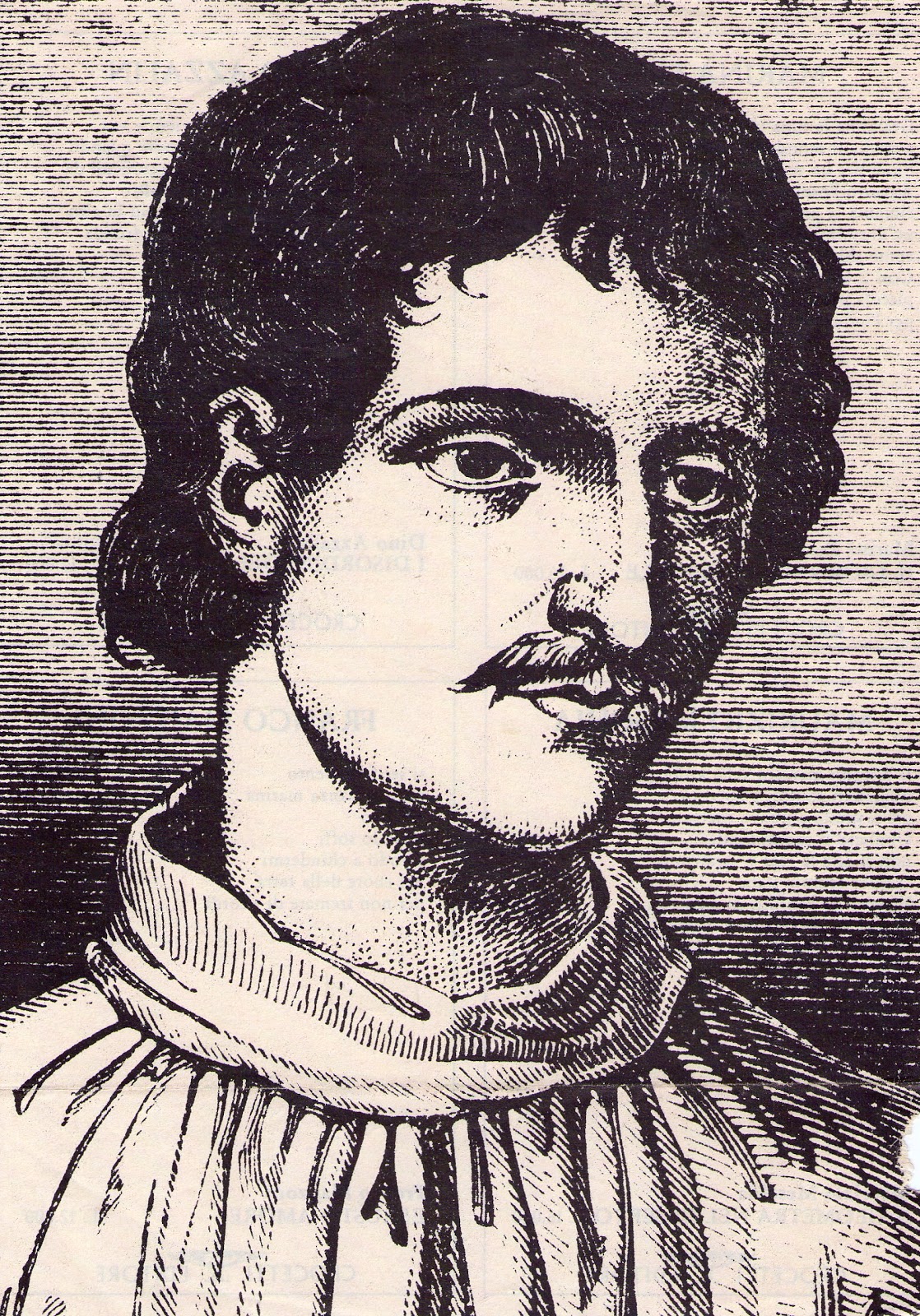Veṅkaṭanātha has to adapt the Mīmāṃsā approach to free will to his Vaiṣṇava commitment to the role of God’s grace.
He thus concludes that humans are free in their intentions, although they need God’s consent to convert them into action. Interestingly enough, here he reuses again a Mīmāṃsā technical term, namely anumati ‘permission’ to indicate God’s allowing humans to act according to their wishes. This limited range of freedom is still enough for humans to surrender, since surrender (prapatti) is primarily an act of will.
The situation becomes slightly more complicated insofar as in order to surrender one needs to be in the correct state of mind, which includes one’s desperation about one’s ability to ever be able to perform any activity in a correct manner, including making progress in the ritual and the salvific knowledge paths. Thus, one is free to surrender, but genuine surrender can only happen once one is deeply desperate about one’s abilities, so that it seems that the freedom to surrender appears as to one as their last freedom available, their last resort.
This divide between one’s phenomenological state (and one’s conviction to be utterly unable to undertake anything) and the undeniable reality of one’s freedom to surrender is captured in Veṅkaṭanātha’s commentary on Rāmānuja’s Śaraṇāgatigadya. There, Veṅkaṭanātha has to defend the author’s first turning to Lakṣmī before surrendering to God directly.
[Obj:] But in this way the Revered one alone, who is the giver of all results, is the one to whom one must take refuge, even in order for surrender in Him to succeed. What is the purpose at this point (in the text) of surrendering to Lakṣmī?
[R:] It is not so. If one ascertained that it is possible to surrender now (i.e., before surrendering to Lakṣmī) to the Revered one, then one would be using (upādā-) that (surrender) in order to [reach] liberation (mokṣa), but this should not be employed in order to achieve that (liberation). If, by contrast, one were not able to ascertain that it is possible [to directly surrender to Nārāyaṇa], then [it would be] even less likely for one to do so.
nanv evaṃ sakalaphalaprado bhagavān eva tatprapattisiddhyartam apy āśrīyatām, kim iha lakṣmīprapadanena? maivam. yadi bhagavatprapadanam idānīṃ śakyam iti niścinuyāt, tadā mokṣārtham eva tad upādadīta. na punas tadarthaṃ tat prayuñjīta. aniścite tu śakyatve natarām. (Intro to v. 1, Aṇṇaṅgarācārya 1940–1: 98).
In other words, in order to surrender, one must be desperate, up to the point of despairing about their possibility to successfully surrender. If one said “I surrender”, while still thinking to be in control one one’s situation, one would not in fact be really surrendering, since surrendering involves giving up the responsibility for one’s salvation (this is technically called bharanyāsa ‘giving up the burden’). Thus, surrendering in order to reach salvation would be an internal contradiction. Still, one’s ability to independently surrender shows that one was indeed free to surrender.

